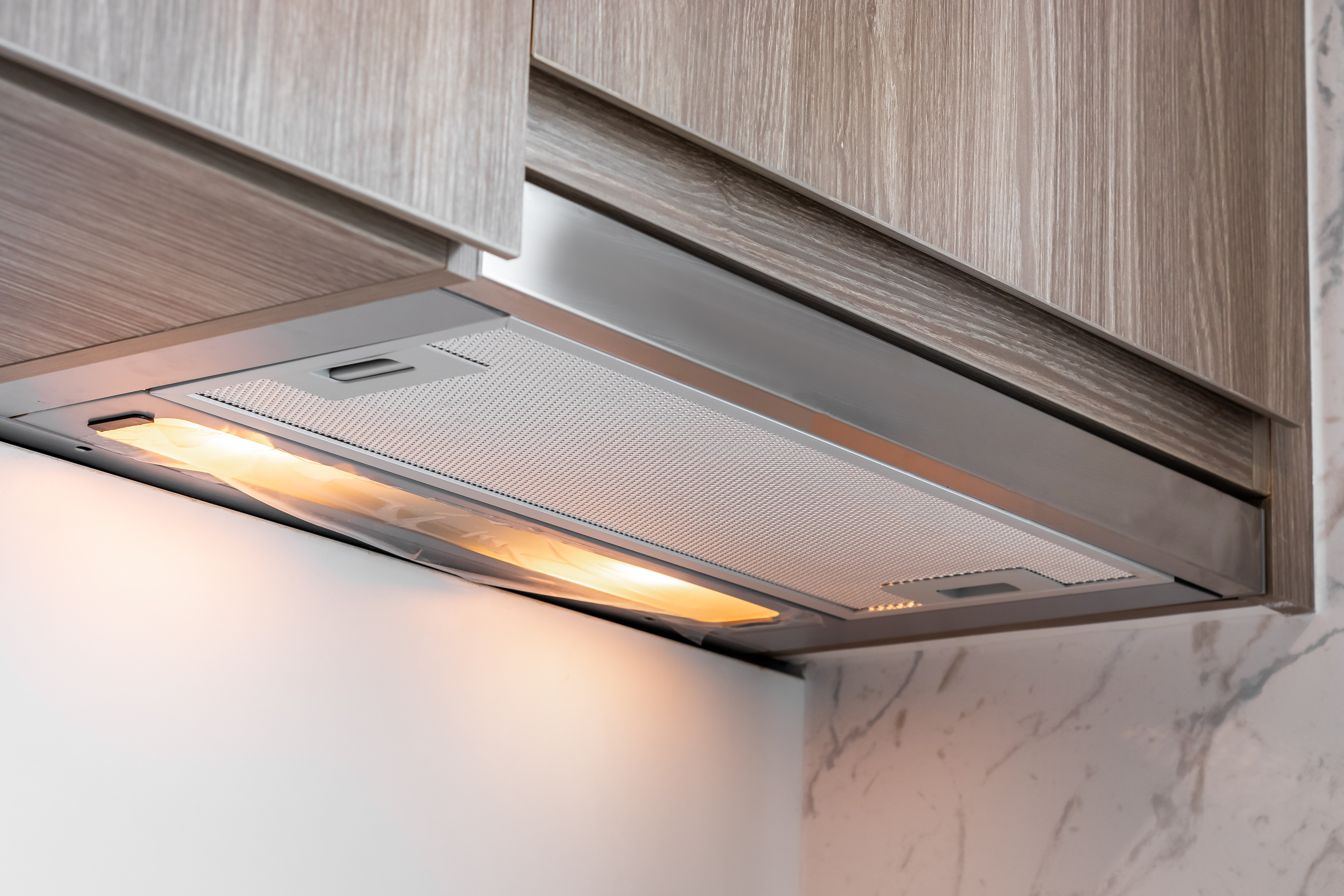 Why It Matters
Why It Matters
Electric fans play an important role in many of the products people use every day – both in and out of the home. While many consumers are familiar with fans for air circulation, some may not know that fans are also at work in many other areas of their daily lives. For example, component fans help to keep computers from overheating; household hood vents help to expel smoke and steam in the kitchen; and duct fans expel air from buildings. Fans even help to propel air in household air filters and non-heating hand dryers.
Though electric fans are so prevalent in our daily lives, there are inherent risks that are associated with them. Mechanically, powering an impeller by a motor presents a great risk of personal harm. The blades of the impeller could accidentally collide with an individual, a pet, or another object. Fans used in a variety of products can also present various electrical risks. As a component, a smaller fan would be part of a larger circuit and could adversely react with different components, causing shock or fire. In larger fans, operation by the user could result in electric shock or personal harm.
What We’re Doing
To help keep these widely used products safe, UL Standards & Engagement developed UL 507, the Standard for Electric Fans. UL 507 requires many performance tests, construction requirements, and marking regulations to help keep electric fans safe.
The Standard provides testing and construction requirements to address specific hazards present for different types of fans. Often, these differences can be drastic. For example, a ventilating hood fan shelf has a very different function, operating environment, and design when compared to a low-voltage component fan used in a computer part. However, by utilizing hazard-based safety engineering (HBSE), UL Standards & Engagement helps identify and mitigate the specific hazards each product presents.
A ventilating hood fan shelf, for example, functions in the kitchen and is mounted directly above a stovetop range, which presents many hazards including grease buildup, high temperatures, and mounting failure. To account for grease buildup, the products must be grease-conditioned and then tested to help ensure the buildup does not result in dielectric breakdown or arc-over. To account for high temperatures, the fans must be tested above actual stovetop ranges to help ensure high temperatures do not cause materials to deteriorate. Finally, to help mitigate the risk of mounting failure, they must undergo strength of mounting and tip-over tests. All these tests are required for ventilating hood fan shelves in addition to the base tests that UL 507 requires for all electric fans. These tests are an integral part of the process to help in making electric fans safer.
How You Can Help
Our Standards are developed through a consensus-based process, which integrates scientific and testing expertise with input from our Technical Committee (TC) members and stakeholders. TC members represent a variety of interests, including industry, academia, government, retail, and manufacturing. If you are involved in the design, manufacture, sale, or operation of electric fans, and you would like to help improve safety in your industry, please take a moment to learn how you can get involved.